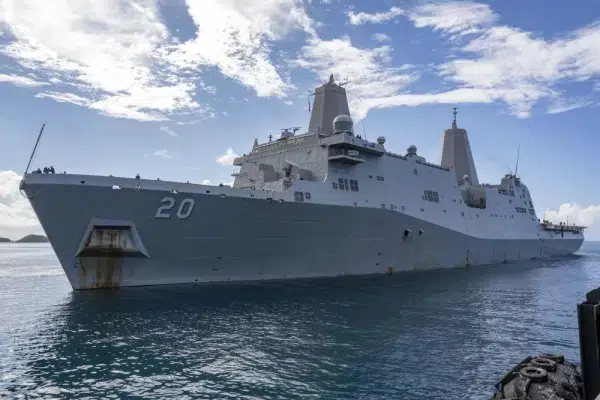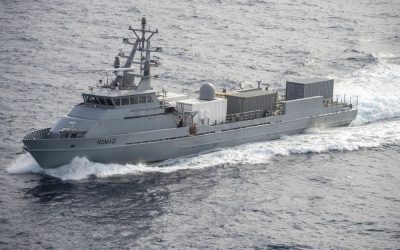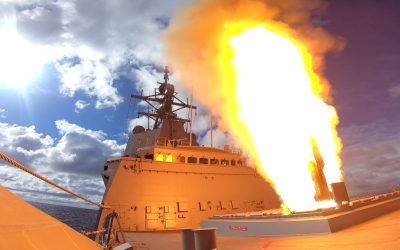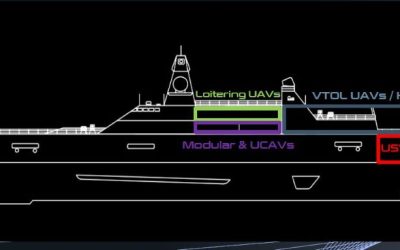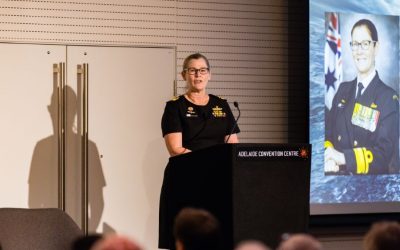Assuming it progresses as far as construction, the US Navy could soon be procuring a totally new class of amphibious vessel that would be much smaller, but more manoeuvrable than existing units.
Five contracts have been awarded to industry teams for the next phase of the Light Amphibious Warship (LAWS). Teams led by Fincantieri, Austal USA, VT Halter Marine, Bollinger and TAI Engineers were awarded contracts for concept studies. The contracts include options for what would be the next stage of the project, preliminary design.
Under the terms of the contracts, the companies will undertake engineering analyses, trade-off studies and development of engineering and design documentation defining concepts studies/preliminary designs. The value of the contracts was not announced but according to the latest report on the programme from the Congressional Research Service, the US Navy’s proposed FY2022 budget requests US$13.2 million in research and development funding for the programme.
Under the LAW programme the US Navy anticipates acquiring a class of 28 to 30 amphibious ships to support the Marine Corps, particularly in implementing a new Marine Corps operational concept called Expeditionary Advanced Base Operations (EABO). It has also been suggested that the US Navy could acquire up to 35 LAWs. The US Navy envisions the first LAW being procured in FY2023. A single shipyard is expected to be down-selected for a detailed design and construction contract by the end of the third quarter of 2022.
LAW will provide US Naval forces with a manoeuvre and sustainment capability to conduct littoral and amphibious operations. The medium-sized landing ships are expected to be approximately 60m to 120m length overall (LOA) with the ability to embark at least 75 US Marines with approximately 370-740m2 of cargo area, in order to transport weapons, equipment, and supplies to the beach or austere ports.
As highlighted previously by Warship Technology, as conceived by the Navy and Marine Corps, LAWs would be much smaller and individually much less expensive to procure and operate than the US Navy’s current amphibious ships. The US Navy has estimated that the first LAW would cost about US$156 million to procure, and that subsequent LAWs would cost about US$130 million each.
The LAW as outlined by the US Navy is small enough that it could be built by any of several US shipyards. Its preference is to have a single shipyard build all of the ships, but it is also open to having them built in multiple yards to the same design, if doing so could permit the programme to be implemented more quickly and/or less expensively.
A 20-year expected service life is less than the 30-45-year service lives of larger US Navy amphibious ships, a difference that could reduce the LAW’s construction cost, and closer to the 25-year expected service life of ships such as the US Navy’s Littoral Combat Ship.
